By the end of the festival, it’s become a garden of revived memories, as well as some new names and faces I’ll be following (and going to see in the future), as well as a chance to talk and write about some of the things I like best: playwrights, composers, gay artists, theater companies, new work, and of course, the Phillies.
Here are some of the things I’ve learned and loved AND notes on shows that will continue their runs past the end of the Festival.
- I already knew about InterAct Theatre, and loved learning about their latest production, “A Passing Wind” a chamber musical by Artistic Director Seth Rozin. Because, really, you can’t write enough about a man who made his living by farting. The multi-tasking folk at InterAct are in production with ANOTHER show through May 8, with Rozin’s “Two Jews Walk Into a Bar” at their home theater, The Adrienne on Sansom St. in Center City. The show’s running through May 8. InterAct will conclude its season with the world premiere of “In a Daughter’s Eyes” by A. Zell Williams from May 27-June 17. InterAct is also continuing to make a major contribution to American playwrights with its 20-year (!) program, begun in 2007 that offers development awards and commissions for new plays each year.
- I also found out about the wandering thespians of EgoPo, who did return to the land of their founder’s birth, whose world premiere production of “Hell,” adapted from the novel by Henri Barbusse, opened at PIFA, and continues through May 15 at the German Society of Pennsylvania. “Hell” will become part of the company’s repertory as it continues its season of works by and inspired by Antonin Artaud.
- I got a chance to interview playwright Rogelio Martinez, whose take on a Philadelphia tale resulted in “Wanamaker’s Pursuit,” a play about a young heir to a famous department store who goes to Paris to see the art, and mixes and mingles with the likes of Picasso, Gertrude Stein, and Paul Poiret. You can still see the show, it’s running at the Arden through May 22.
- I also found a new company to watch closer to home (well, in Brooklyn) in Grounded Aerial, whose artistic director Karen Fuhrman, filled me in on the amazing dance theater company that flies through the air with the greatest of ease (and expertise), which opened the festival with a performance on the outside wall of the Kimmel, 9 stories up, and opened their new show, “InsectInside” at the Brooklyn Lyceum this week (and for the record, seems to have outlasted that OTHER show featuring a spider…)
- Joe Hallman shared his experiences as artist in residence at the Rosenbach Museum & Library, and how his research, ideas, collaborator and talent came together to create the song cycle “Raving Beauty” inspired by the life and loves of Mercedes de Acosta. The song cycle is just beginning…I can’t wait to see what comes next. I’ve already suggested some future venues to him…so I can go see it myself on the subway! In the mean time, I’ve been scrolling through his playlist/channel on Youtube: http://www.youtube.com/user/JoeHallman?blend=22&ob=5
- And, I finally discovered (it’s been around for a century!) the wonderful theater Plays & Players, which sponsored the PIFA New Plays Festival, and also does wonderful work year round supporting emerging playwrights and presenting new work and revivals for adults and children in its gorgeous (and I mean fantastic) historic space on Delancey Place in Center City. Two of the company’s playwrights-in-residence were given a chance to create and present new work using the “bake-off” method.
- It’s good to hear that there’s a strong spoken word scene in Philly, in the form of First Person Arts, who both develop and support Philadelphia artists, and provide a venue for touring storytellers and poets, hosting a Story Slam with nationwide talent at PIFA.
- I also had a chance to meet/agree with playwright Jules Tasca that producing your own work is hard...and fun! His "Art Lover" was one of THREE plays that mentioned/focused on/used as a plot point the theft of the Mona Lisa from the Louvre in 1911, which I now know a lot about. From three different POVs (and Wikipedia's).
- And I know there’s a roadtrip or three or five in my future because I must see for myself the neo-vaudeville and burlesque presented by Peek-A-Boo Revue. After all, it’s not every day you get to see folks named Lulu Lollipop and Buzz Speakeasy, much less without their clothes and doing banana dances. They’re committed artists, reviving and reinventing a classic form of American theater with a 21st century slant. And a good old fashioned bump-and-grind.
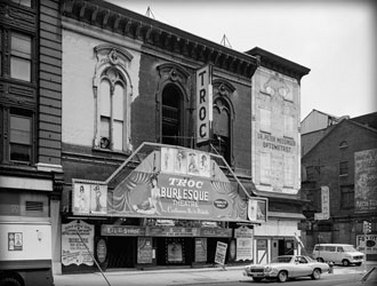
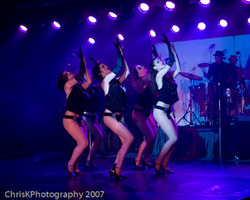
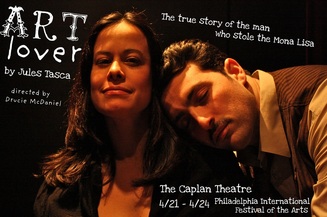

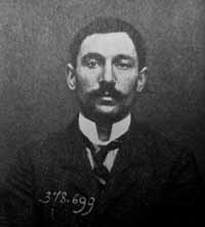
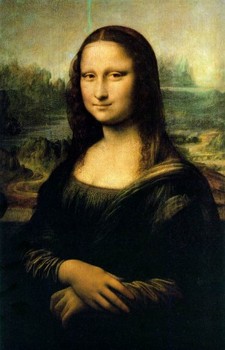
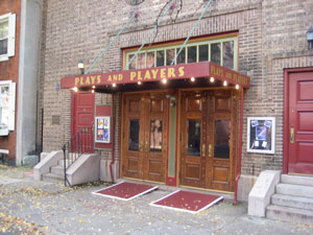
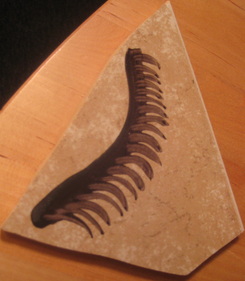
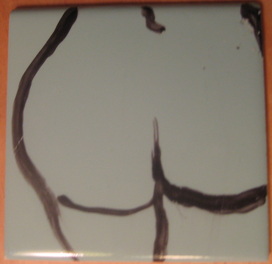
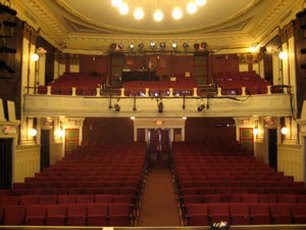

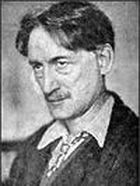
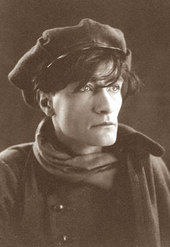


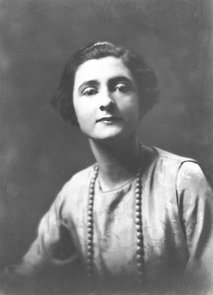
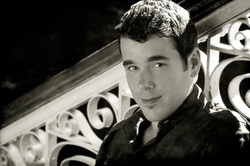
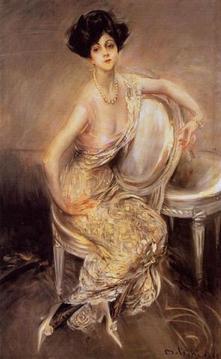
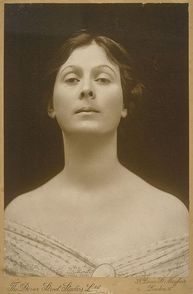
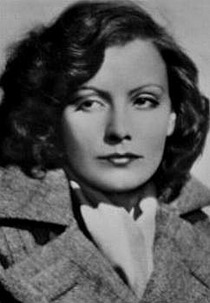

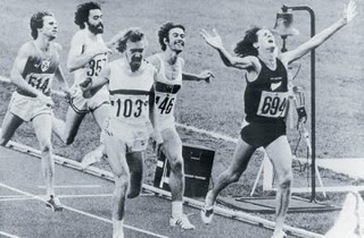
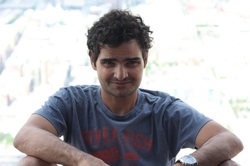
 RSS Feed
RSS Feed
